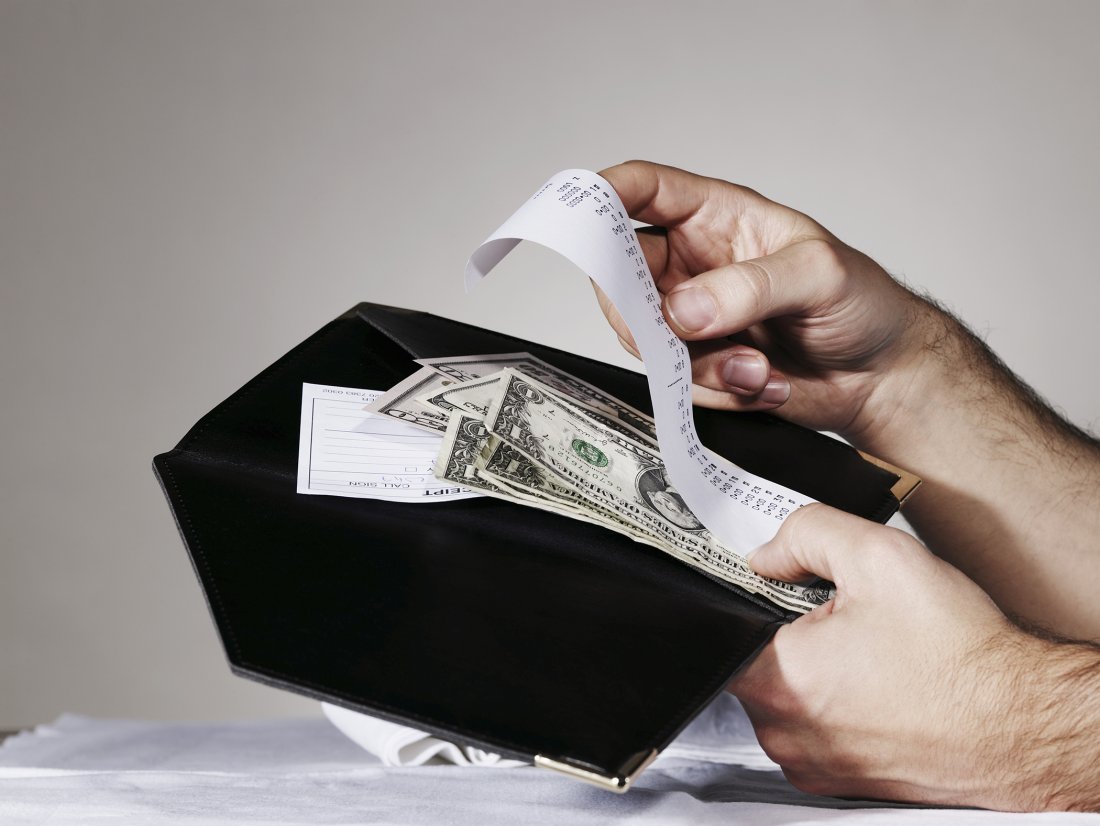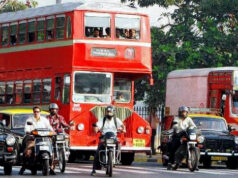Taxing the people of a sovereign in the name of protection and development has always been a practice, in almost every recorded governance system. As famously stated by Kalidas “It was only for the good of his subjects that he [the King] collected taxes from them, just as the Sun draws moisture from the Earth to give it back a thousand fold.”
Taxes were more like protection money—a price you paid in return for protection from internal and external troubles, be it war or famine. One of the greatest sages of ancient India, Manu, suggested that the king could levy taxes, according to Shastras. He advised that taxes should be reasonable, and their collection should not pinch the taxpayers. However, he maintained that both exorbitant taxes and complete absence of taxes were unadvisable, as that was harmful both for the citizens and the economy. He also laid down basic guidelines on tax collection: traders and artisans should pay 1/5th of their profits as tax, while agriculturists were to pay 1/6th, 1/8th or1/10th of their produce depending upon their circumstances. Taxes were also levied on various classes of people such as actors, dancers, singers and even dancing girls.
However different dynasties, rulers and democracies have imposed their own version of a tax system. Amongst different dynasties and empires in Indian history, Dhana Nanda (329 BC – c. 321 BC) was one king who wasn’t liked and admired much by the people or the neighboring states. He was the last king of the Nanda dynasty, and was very unpopular because of his financial extortion. He levied numerous kinds of taxes on the people which included various day-to-day items and even on skins, gums, trees and stones. Among many reasons for the downfall of his kingdom, the exorbitant tax system was one for sure.
It seems that we have not read our history properly and are increasing taxes ( both direct and indirect) almost every month. We’re moving in the direction of a higher, more exorbitant system of taxation. June 1, 2016 marked another such day for India, where the Government imposed a 0.5% Krishi Kalyan Cess and increased the service tax levied on citizens, resulting in a misbalance of a general household budget.
Let us understand this through a simple example: you order a meal in a nice, fancy, air-conditioned restaurant. If your total bill at the restaurant comes to Rs.3000, you may end up paying close to Rs. 4,000! Here’s how:
| a | Food | 2000 |
| b | Alcohol | 1000 |
| c | Sub total | 3000 |
| d | Service Charge (10% of Sub-Total) | 300 |
| e | Service Tax ( 5.6% of c+d) | 184.8 |
| f | Swachh Bharat Cess (0.2% of c+d) | 6.6 |
| g | Krishi Kalyan Cess (0.2% of c+d) | 6.6 |
| h | VAT (12.5% on a) | 250 |
| i | VAT (20% on b) | 200 |
| j | Total Bill | 3948 |
This is one such example but you can apply different break ups of taxes on different products and you’ll realize the difference between the actual and the total amount of the bill.
Rethinking Tax Reforms
In 2014, before the Modi government came into power, one report talked about the several taxes reform proposals before the BJP Parliamentary Board. Arthkranti: Bank Transaction Tax (BTT) recommended abolition of the more than 30 local, state and central level taxes levied, and to only retain the import duties. The idea behind BTT was simple: savings in amount of taxes paid, simplification in the payment of taxes and transparency in the economy.
In my opinion, people are largely altruistic. If you show them poverty or any other sectoral issues and challenges where the country needs their help, they will happily provide financial or in kind support, but on the condition that their resources are being utilized properly.
In order to reduce taxes let us place ourselves in a hypothetical situation. What if the government removed all taxes (direct or indirect) and gave us a menu card with a flat tax rate (allowing for some sectors where paying tax was non-negotiable). Let us further assume that the flat taxes are set at 20%, which every household is supposed to pay, so whether they earn Rs 1000 or Rs 100000 or more. This is the guiding factor behind the religious taxes—1/10th of your income in Hinduism, 1/6th in Islam, etc. They pay money according to the performance of one institute over another. At the end of every fiscal year, you see a report card listing the performance of each sector. Follow the below chart to understand this better:
| Expenditure | Percentage | Non Negotiable Expenses | Result/Outcome | |
| Annual Income 100000Total taxable amount 20000 (20%) |
Education | 3% | ||
| Health | 5% | |||
| Defense | 5% | |||
| Poverty reduction program | 5% | Fixed | ||
| Infrastructure | 1% | |||
| Misc | 1% | Fixed |
Menu Card Tax Structure
In the above chart, we are assuming that the government needs to spend money on poverty reduction programs, and another 1% of total national income is kept aside for reserve or contingency, and hence those are non-negotiable taxes. The rest one can decide on, depending on the result of the performance of the state in each sector. This will bring multiple benefits—lower, universal flat tax will leave more disposable income in the hands of citizens, state departments will compete and perform better to attract people’s attention and get their funds.
Though tax cuts are a huge strain on public finances because they reduce tax revenue; governments choose to either cut taxes or increase fiscal spending to uplift an economy that is in recession. If the government does not reduce its expenditure, there can be one of these two consequences: consumers anticipate the future tax rise, they end up saving the extra income and this will not help the economy at all. However, in a typical Keynesian econometric model, the ‘marginal propensity to consume’ (the fraction of an additional dollar of income spent on consumption) is taken as 0.6. Hence 60% of the tax cut is spent on consumption and is not saved. On the other hand, the second consequence is that consumers do not anticipate the future tax rise. They increase their consumption (as hypothesized by Lucas), which is the motive behind the tax cut. Hence consumers will have to be convinced that the tax cut is permanent and not temporary.
This is in accordance with Milton Friedman’s “Permanent Income Hypothesis”. According to him, people will save most of any income change they see as merely transitory. This can be observed in how people with different income levels respond differently to the tax cut.
The Benefits of Tax Cuts
While it is widely believed that tax cuts reduce tax revenue, they may actually increase tax revenue depending on the tax rate. When tax rates are exorbitant, people refuse to pay taxes.
John F. Kennedy once said, “It is a paradoxical truth that tax rates are too high today and tax revenues are too low ,and the soundest way to raise revenues in the long run is to cut the tax rates”. This statement holds true in today’s scenario too. The truth that the society considers itself too burdened by the taxes being imposed is no lie.
In 1968,when President Kennedy slashed tax rates from 90% to 70%, tax revenues climbed from $94 billion in 1961 to $153 billion—an increase of 62 percent (33 percent after adjusting for inflation).Other examples include President George W. Bush’s move to cut the taxes to move the economy out of recession, when the US Congress in 1964 enacted tax cuts of 18% in personal taxes to spur growth, and Ireland’s recent tax cuts, which are believed to have improved living standards significantly.
‘Tax cuts, when used properly, have stimulated the economy’.
Mr Prime Minster in 2014 said “The present taxation system is a burden on common man. There is a need to reform it and introduce a new system.” So why not try this experiment? Give people tax cuts. Allow them to direct the use of their taxes. Present them with report cards on the performance of government departments, and see what that does for the economy!
Post Disclaimer
The opinions expressed in this essay are those of the authors. They do not purport to reflect the opinions or views of CCS.






